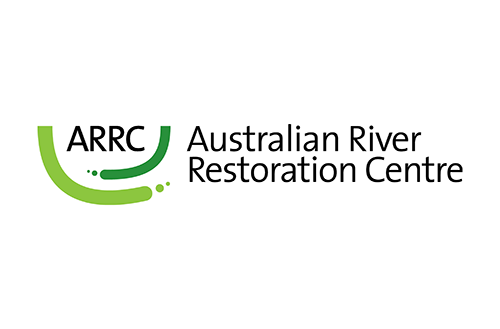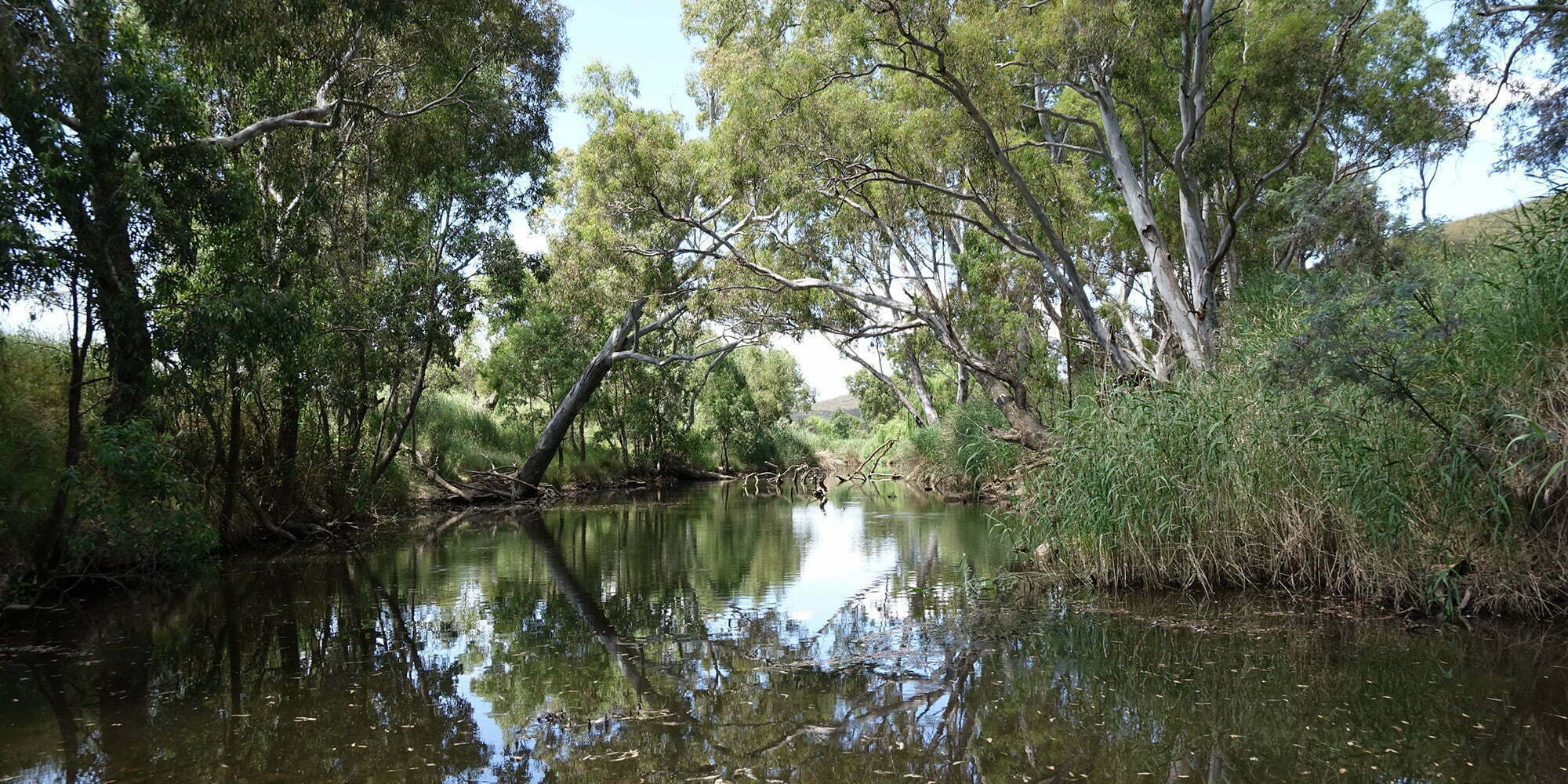Australia’s Soil Carbon Policies
Currently, the Australian agricultural sector accounts for 13% of the nation’s total emissions, making the sector key for reaching emissions reduction goals over the coming decades (Climate Council, 2021). Alongside more emission-friendly practices, carbon sequestration can help pull excess carbon dioxide out of our atmosphere (CSIRO, 2021). Carbon sequestration is the process of removing and storing atmospheric carbon dioxide in carbon sinks such as forests, mangroves and agricultural soils. Creating carbon programs has been a successful way of securing high quality carbon offset credits for economy and environmental gain. This works to address climate change, create jobs, improve farm productivity, and value the environment. In 2014, the Australian Federal Government saw the potential for a nation-wide carbon-credit scheme called the Emissions Reduction Fund (ERF), now known as the Climate Solutions Fund (CSF).
The aim of the CSF project is to support emissions reduction projects, allowing Australia to fall 26-32% below 2005 levels by 2030. This allows individuals and businesses to create a new income stream through the generation and sale of Australian Carbon Credit Units (ACCU’s) to the Australian Government or to other businesses or private purchasers. Each ACCU represents one tonne of carbon dioxide equivalent greenhouse gas emissions avoided or stored. ‘Avoided’ refers to successfully keeping an ACCU in soil or vegetation that would have otherwise entered the atmosphere. Among the list of eligible carbon sequestering methods is soil carbon uptake through revegetation and afforestation. This includes active plantation forestry and avoiding clearing of native vegetation and forests.
This article explores David Pannell’s critique of the CSF, suggesting it is a flawed policy.
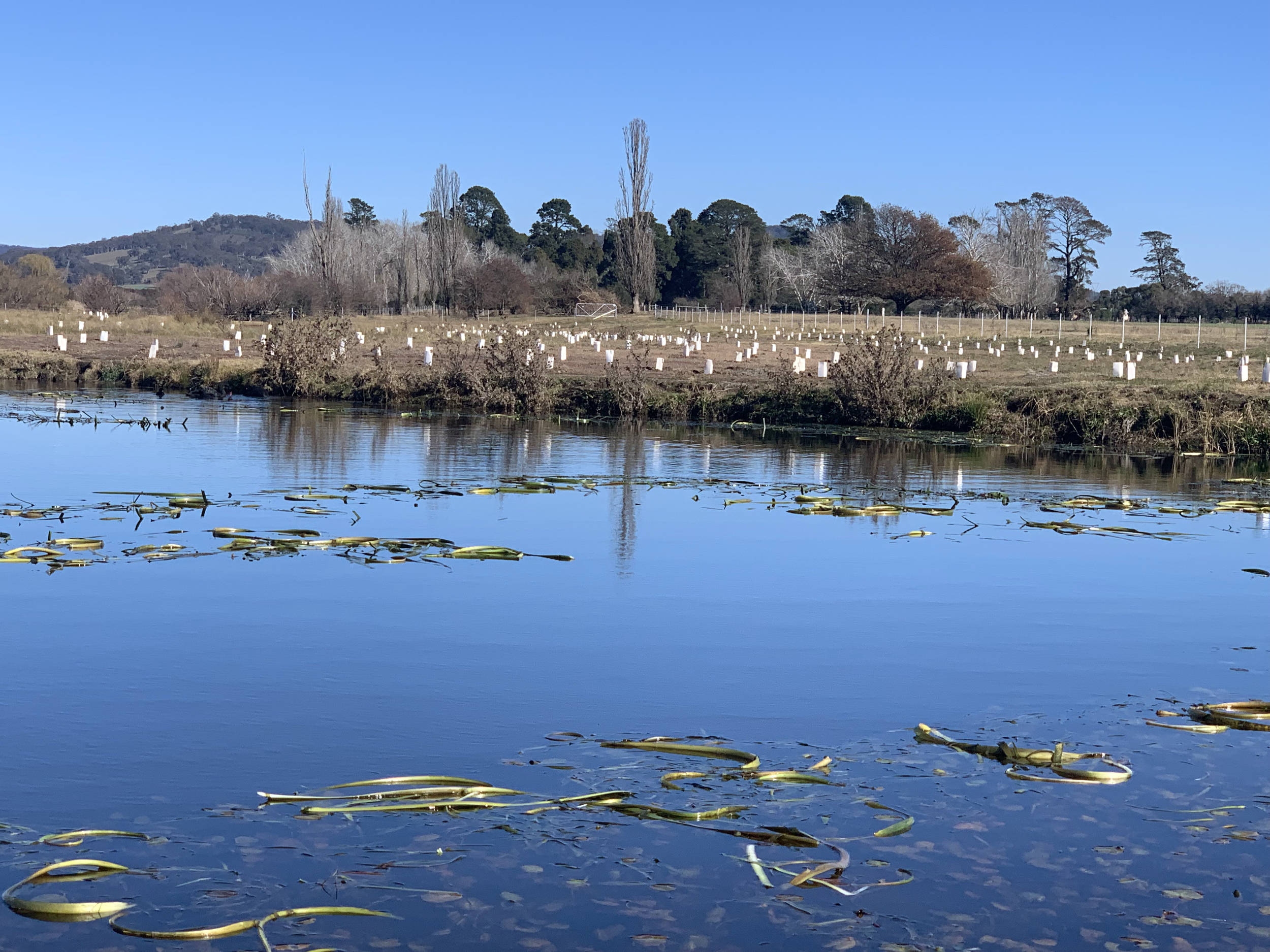
Panell’s Carbon Policy Papers:
At a time when we are looking for action on climate change, David Pannell, a Professor of Agricultural and Resource Economics at the University of Western Australia, has written a series of papers about why Australia’s carbon policy may be a flawed system. Pannell’s three-part series lays out why soil sequestration doesn’t work well on this continent, arguing that it won’t be a long term solution, and how in practice the policy has not encouraged farmers to take up the work.
Paper 1: Soil carbon is a highly flawed climate policy, Part 1
In this paper, Pannell outlines 6 main reasons why storing carbon in Australian soils won’t be beneficial for farmers in the long term.
- It is difficult to increase the amount of carbon stored in our agricultural soils because we have geologically old and eroded soils. There is a limited O horizon (organic material that sits onto on the soils), meaning that methods for increasing soil carbon may not make much of a difference.
- Soil sequestration is a one-off process, which can easily be lost with a change in management regime. Farmers need to stick to one system to maximise soil sequestration without losing it in the future.
- It is costly to measure the carbon content of soils, making it inaccessible and difficult for small farmers to buy into this system. Regular soil testing is needed to ensure that payments are enabling farming practices that will promote actively-sequestering soils.
- Increasing soil carbon levels means tying up macronutrients (Nitrogen, Phosphorus, Potassium) that would otherwise be plant available. The cost of replacing these with fertilisers further increases costs for farmers.
- One main method of increasing soil carbon sequestration is converting cropland to perennial pasture, which is far less profitable and often requires stock to crash graze in order to maintain and make a profit. This use of livestock creates more emissions than cropping. Once this is realised and stock is excluded from perennial pastures, it becomes a non-starter for farmers who can’t afford to make land redundant by non-use.
- With Australia’s regular drought events, soil carbon is lost. This means the government would have to reduce payouts to cover these times, or have farmers pay back what they lost which is impractical and very hard to do.
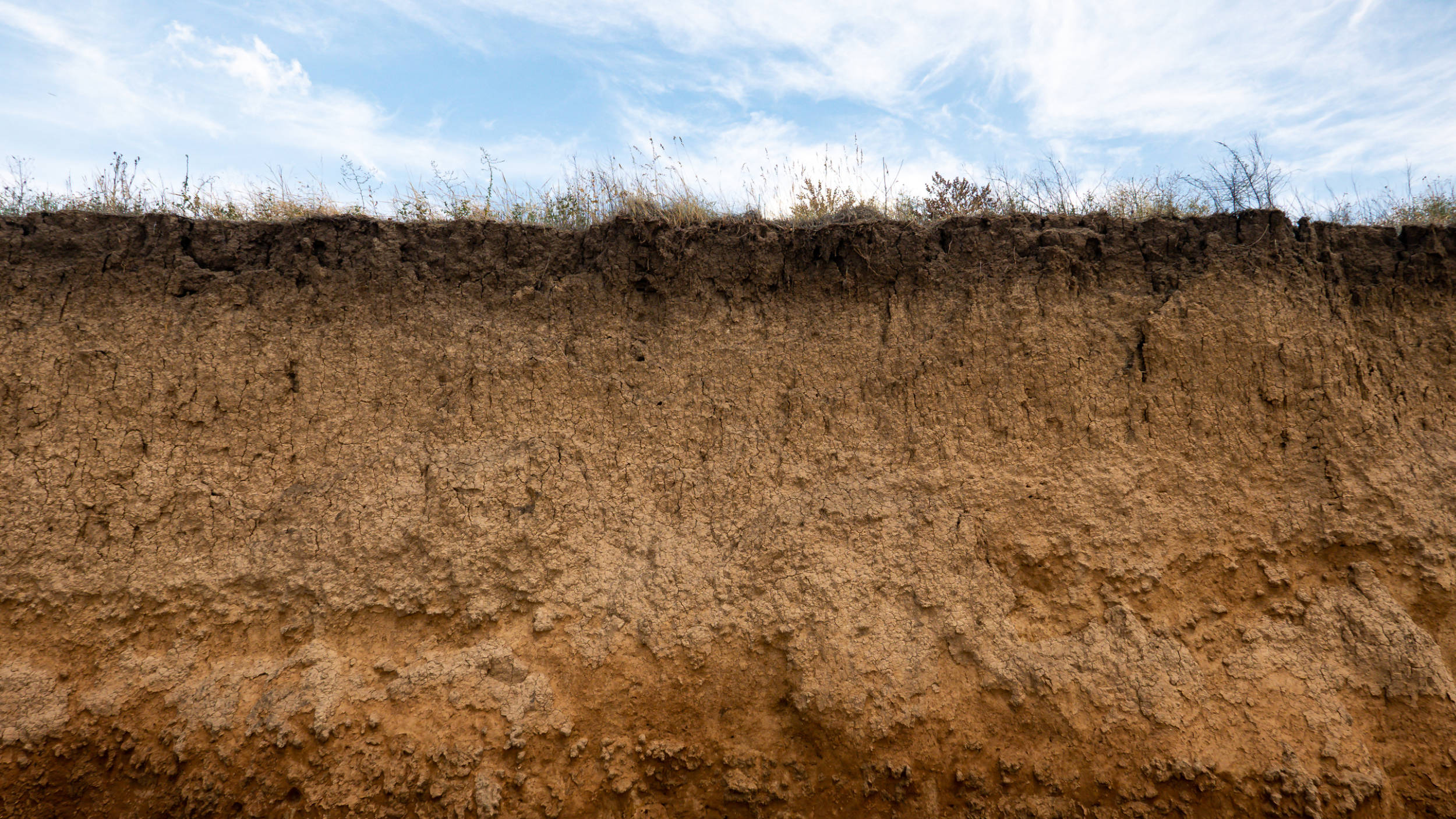
Paper 2: Soil carbon is a highly flawed climate policy, Part 2
Pannell’s second paper takes a more philosophical approach to whether soil carbon programs help farmers consider soil carbon sequestration. He explores ‘additionality’ – in other words, does government policy on carbon sequestration help make a positive addition to their existing actions aimed at mitigating climate change?
This ‘additionality’ is difficult to measure because it is impossible to know exactly what land holders would have done without carbon sequestration programs. The key, according to Pannell, is finding a practice which sequesters carbon that hasn’t been taken up by farmers yet, and would take only a small decline in profits to implement. This means that any benefits, monetary or environmental, would quickly outweigh any lost profits.
For farmers and politicians, there is a lot to weigh up. Practices that are too costly will either not be adopted, or their addition will outweigh any profits made by carbon sequestration, leaving their adopters financially net-negative. Pannell suggests that if, on the other hand, practices are too cheap to implement, many non-farmers will join, leaving the cost per unit of additional carbon more expensive. The “sweet spot” is likely somewhere in the middle, where government policy avoids practices being too profitable and can therefore ensure incentives are not too great. Over time, as carbon sequestration methods become more popular, fewer practices will be ‘additional’, and new sequestration practices don’t become worth the time or expense.
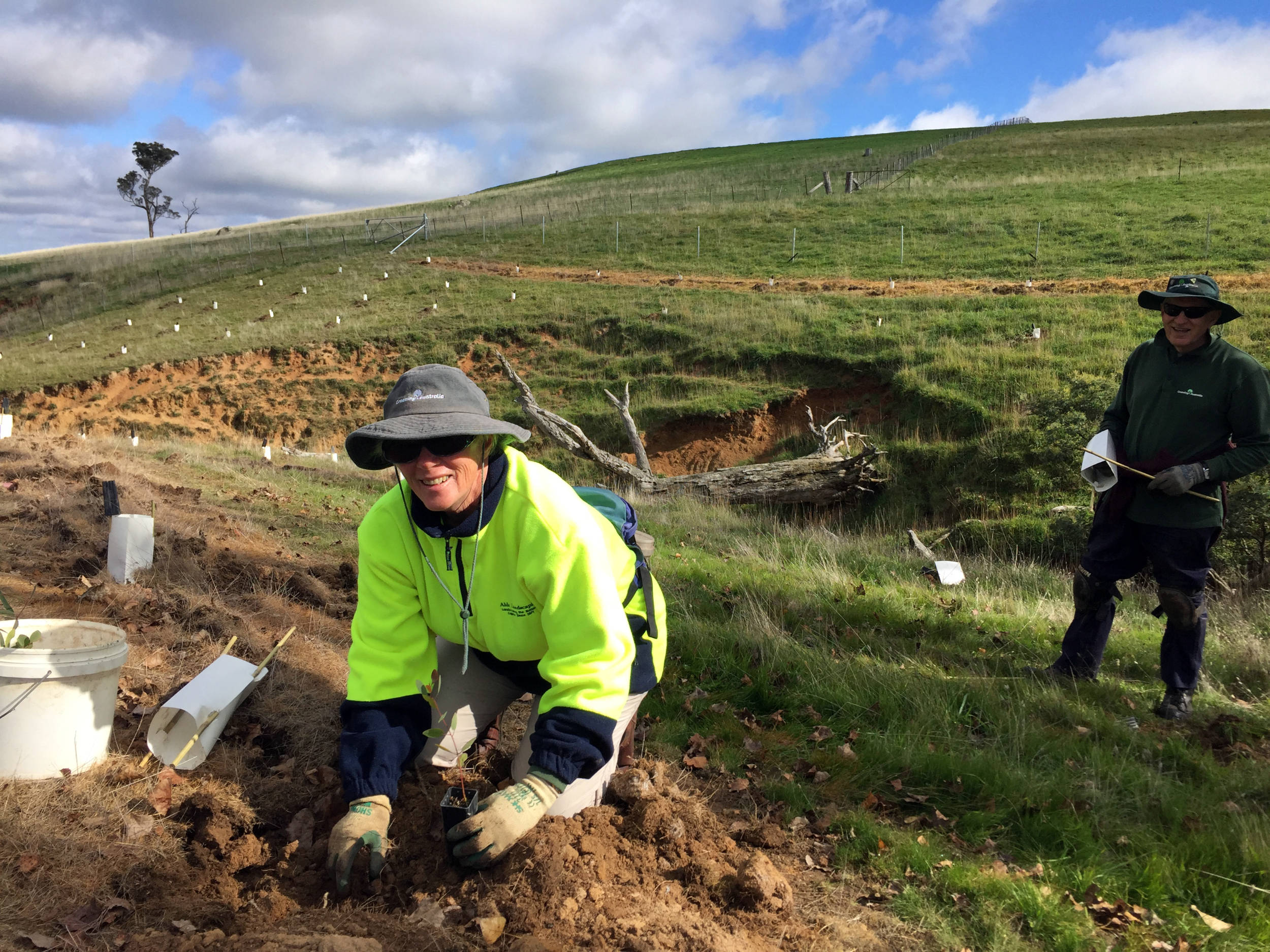
Paper 3: Soil carbon is a highly flawed climate policy, Part 3
The final paper in the series discusses the required on-ground changes to make carbon sequestration an achievable industry for Australian farmers. Michael Crawford, the CEO of company High Performance Soils, believes that much of the low-hanging fruit for storing carbon in soils has already been used, leaving little opportunity for quick success. This includes practices such as retaining crop residue (stubble) after harvest and no-till/zero-till techniques. Instead, practices that will make the most difference now are on larger land and time scales. For example, converting annual pastures to perennial pastures can increase sequestration rates and total biomass if left to grow for over 25 years. This means, however, that the land can withstand higher stocking rates, leading to higher emissions from cattle and sheep. This long-term commitment to sequestration projects over many years may be off putting for farmers seeking to be profitable now. This is especially the case for farmers who have shorter land leases, as is the case in the Australian Capital Territory.
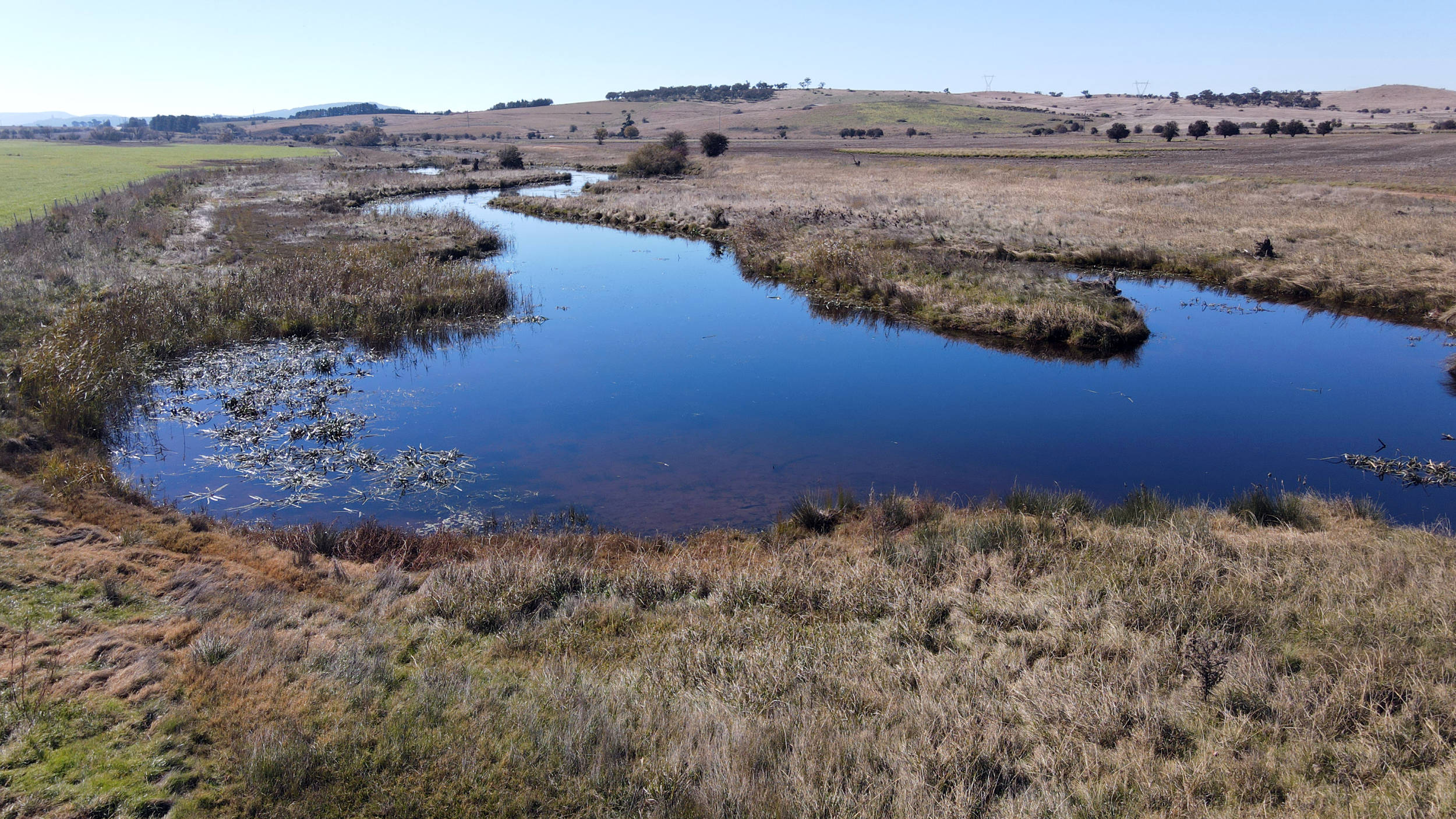
So what?
As with any new initiatives, there are currently high measuring and monitoring costs in carbon credit practices. These will likely lower with time, maturation of policy and advancement in technology. David Pannell’s three paper series is useful because it highlights some of the challenges associated with soil carbon sequestration in current regulatory settings. He concludes that it may be difficult to sequester substantial amounts of carbon dioxide emissions at a reasonable cost with current policy and available techniques, thus rendering it only a medium-term solution to climate change. With further research and funding, he believes there are alternative approaches that may more actively curb the effects of climate change in Australia. These may include reducing emissions in agricultural and transport sectors, tackling the problem proactively rather than reactively.
What do you think?
We’d love to hear what you think of Australia’s current carbon farming policies and your ideas for improving it into the future. Feel free to reach out on our social media platforms to have your say and learn more!
Resources
David Pannell biography and articles
Sources on Australian soil carbon policy
- https://www.climatecouncil.org.au/resources/australia-agriculture-climate-change-emissions-methane/
- https://www.csiro.au/en/research/natural-environment/ecosystems/Sequestering-carbon-in-soil-and-vegetation
- https://www.environment.sa.gov.au/topics/land-management/sustainable-soil-land-management/carbon-sequestration
- http://www.cleanenergyregulator.gov.au/csf/Pages/CSF-home.aspx
- https://www.nature.com/articles/s41586-020-2686-x
- https://riversofcarbon.org.au/resources/the-science-of-riparian-carbon/
- http://www.australiancarbontraders.com/
Relevant websites
Our Carbon Science Resources
We are fortunate to have researchers in Australia who are keen to make their science applicable in the ‘real world’ and meaningful to our landholders. Rivers of Carbon is continually embracing new knowledge, whether that be from science or experience, so that we can provide the best advice and gain optimum environmental and social outcomes.
